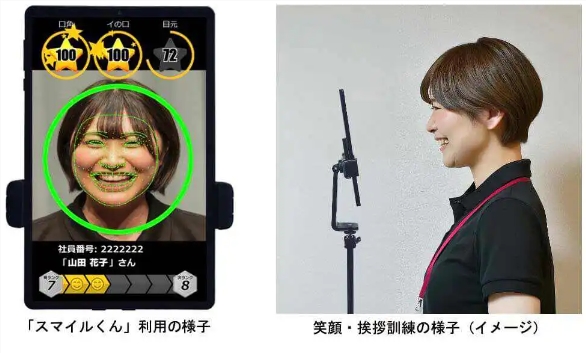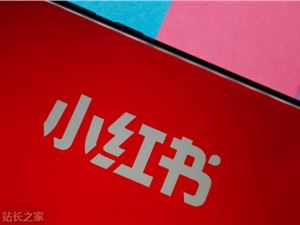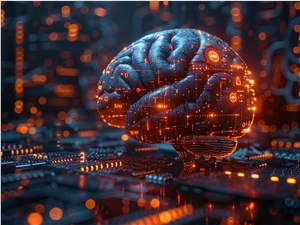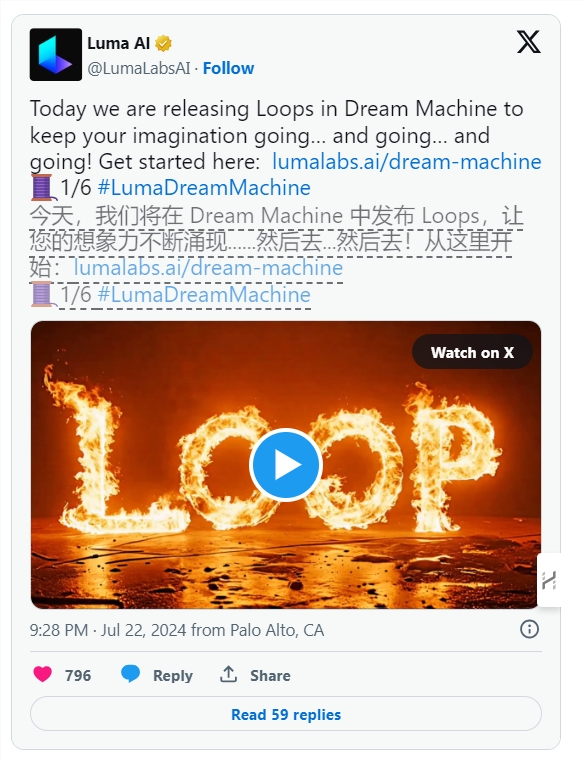In the magical world of digital creation, imagine being able to easily drag and drop the subject of one image onto a completely different background with a different style, and seamlessly blend it into the new environment while preserving its individuality and matching the style of the new background. It sounds like magic, but that is the charm of the Magic Insert technology.
With the rapid development of large text-to-image models, generating high-quality images is no longer a challenge. However, for these models to be truly practical, controllability has become crucial. Users have diverse needs and they want to interact with these models differently based on their specific use cases. While research has made progress in the controllability of these networks, how to unleash the full potential of these powerful models remains a challenge.
The Magic Insert technology has emerged to address this, not only solving the style-aware drag-and-drop problem but also demonstrating significant advantages over traditional methods (such as repair techniques). This technology achieves this through solving two subproblems: style-aware individualization and real insertion of objects in stylized images.

Technical Highlights:
Style-aware Individualization:Magic Insert first fine-tunes the pre-trained text-to-image diffusion model using LoRA and learned text markers, and then integrates it with the CLIP representation of the target style.
Object Insertion:Using Bootstrapped Domain Adaptation technology, specific-domain photo-realistic objects are inserted and the model is adapted to diverse artistic style domains.
Flexibility:This method allows for a choice between stylization level and the fidelity of the original subject's details, and can even introduce more novelty in the generation.
Researchers have demonstrated the experimental results of Magic Insert on various styles of subjects and backgrounds, proving its effectiveness and diversity. From photo-realistic styles to cartoons and paintings, Magic Insert can successfully extract the subject from the source image and blend it into the target background while adapting to the style of the target image.

SubjectPlop Dataset:
To promote the evaluation and future progress of the style-aware drag-and-drop problem, researchers have introduced the SubjectPlop dataset and made it publicly available. This dataset includes a variety of subjects generated using DALL-E3 and backgrounds generated using the open-source SDXL model, covering styles from 3D, cartoon, anime, to realism and photography.
Through user studies, researchers have found that users clearly prefer the output generated by Magic Insert, which performs better than baseline methods in terms of subject identity retention, style fidelity, and real insertion.
Magic Insert aims to enhance creativity and self-expression through intuitive image generation. However, it also inherits common issues of similar methods, such as altering sensitive personal features and reproducing biases in pre-trained models. Researchers emphasize that as more powerful tools emerge, it is crucial to develop safeguards and mitigation strategies to address potential social impacts.
The Magic Insert technology brings new challenges to the field of image generation, achieving intuitive insertion of subjects into target images while maintaining style consistency. This work provides a foundation for the development and exploration of this exciting new field of image generation through the proposed style-aware drag-and-drop problem, the Magic Insert method, and the SubjectPlop dataset.
Try Online: https://magicinsert.github.io/demo.html
Project Address: https://top.aibase.com/tool/magic-insert
Paper Address: https://arxiv.org/pdf/2407.02489










